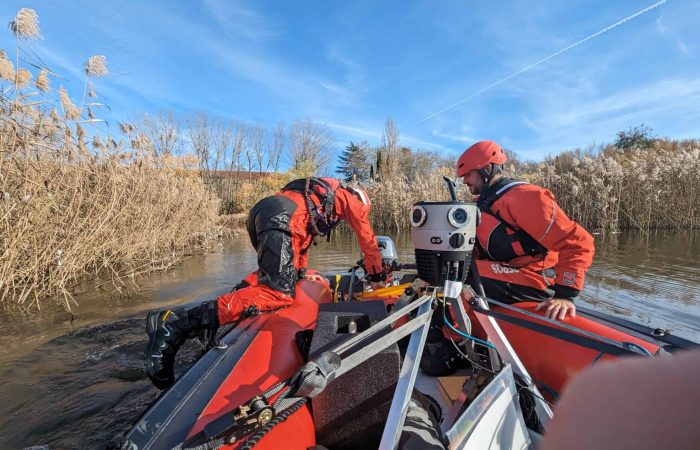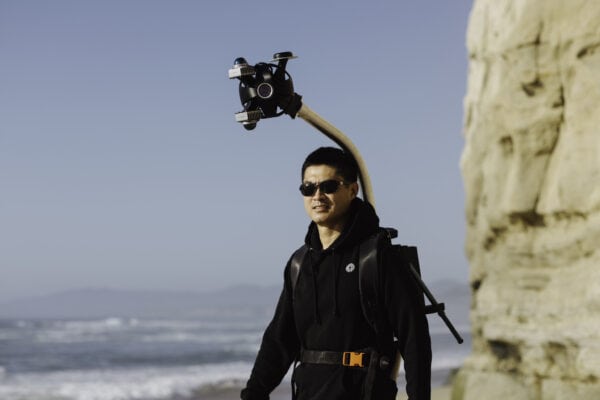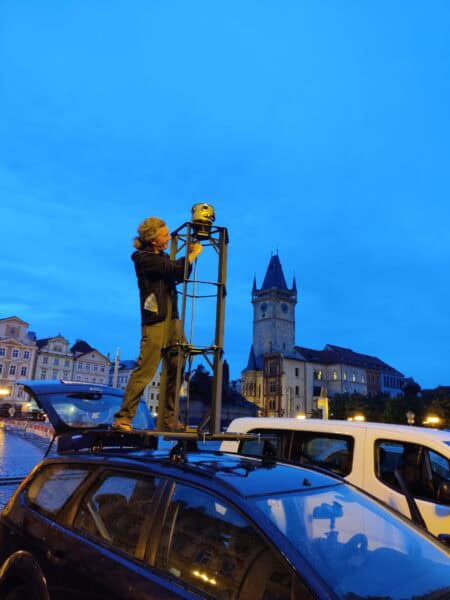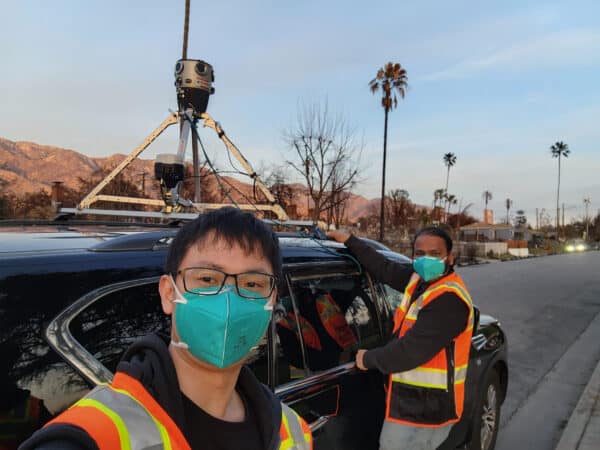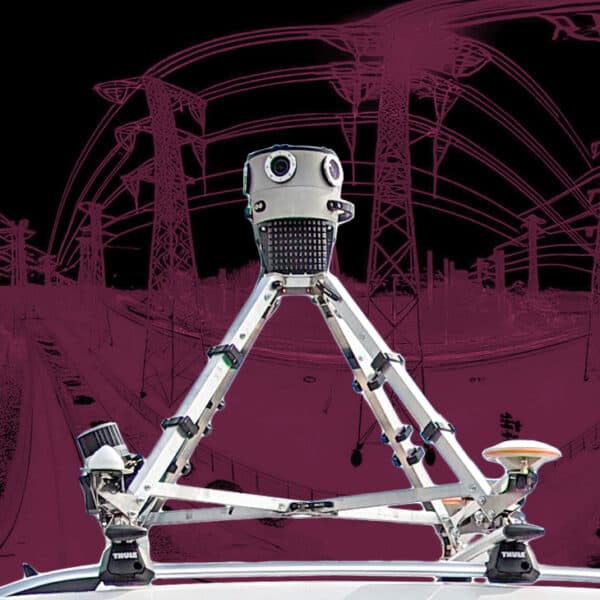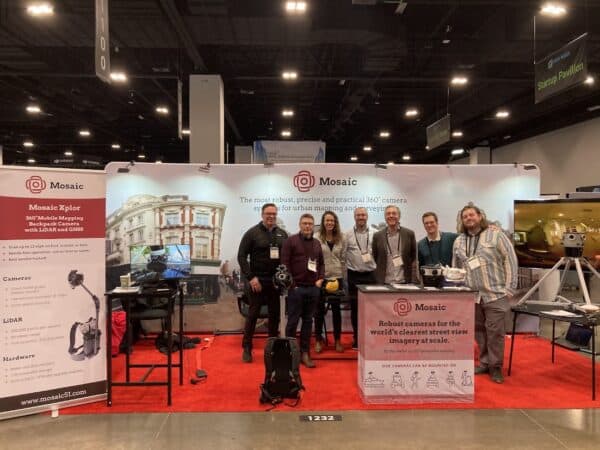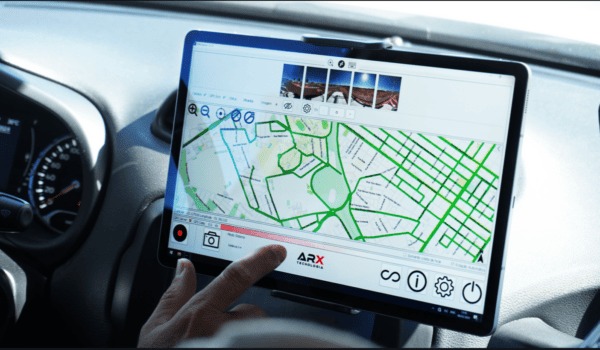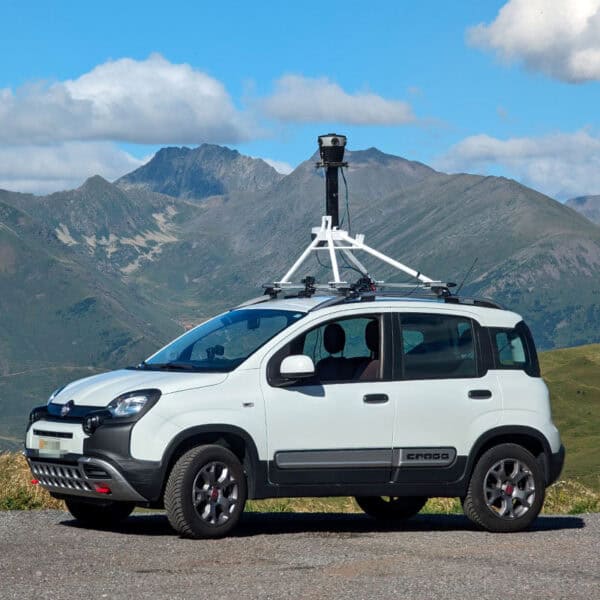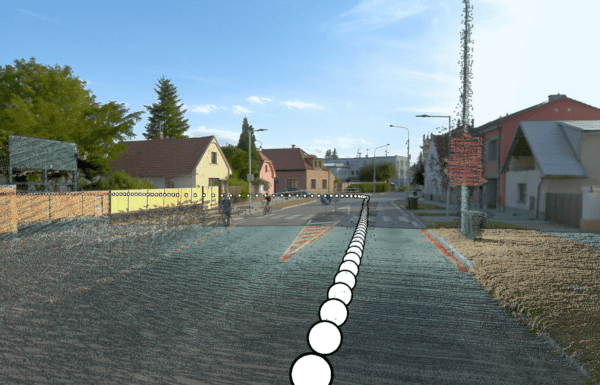Streamline emergency disaster management with easy-to-deploy 360º street view imaging technology.
The Complex Challenges of Disaster Management & Response
The impact of natural disasters is both immediate and enduring, creating complex challenges that demand efficient and effective responses. These events strain resources, displace communities, and devastate infrastructures, necessitating swift action from disaster response teams. Historically, these teams have faced significant hurdles, from logistical nightmares in resource allocation to delays in crucial aid delivery.
For instance, after Hurricane Maria struck Puerto Rico in 2017, the island faced unprecedented logistical challenges due to its isolated location and the widespread destruction of infrastructure. The lack of power and communication lines severely hampered the assessment of needs and the subsequent distribution of aid. Supplies like food, water, and medical resources were delayed for days, even weeks, as teams struggled to navigate the devastated roadways and bureaucratic red tape (GAO).
In another example, during the 2018 California wildfires, the scale of the disaster and the rapid spread of the fires overwhelmed the responders. This rapid escalation left little time for effective resource allocation, with emergency personnel often unaware of which areas were most in need of assistance until it was too late. The challenges were compounded by difficulties in obtaining accurate, real-time information about the extent of the damage and the status of the population (GAO).
Problems Faced by Many Post Disaster Response Committees
Disaster response is a critical component of emergency management, tasked with the immense challenge of rapidly addressing the aftermath of natural catastrophes to mitigate human suffering and facilitate recovery. The typical hurdles faced by response teams include slow response times due to logistical challenges, difficulties in managing and supporting survivors, and the subsequent bureaucratic complexities involved in securing government funding for recovery.
Response teams must contend with slow response times exacerbated by logistical hurdles, the difficult task of efficiently distributing limited supplies, and the complexities of determining the optimal allocation of resources. Moreover, local governments often encounter bureaucratic obstacles when seeking federal reimbursement, a process that requires meticulous documentation of damage to secure necessary funds. Inaccurate or inadequate documentation has frequently led to missed opportunities for securing these funds, further straining local recovery efforts.
Federal Funding for Disaster Reimbursements
The Federal Emergency Management Agency (FEMA) has been instrumental in distributing over $450 billion in disaster assistance since 2005. Critics have often described the response and recovery processes as slow and complicated, especially in situations like the 2017 hurricane that overwhelmed Puerto Rico and the U.S. Virgin Islands. This scenario underscores the critical need for technologies that can streamline these aspects of disaster response, enhancing both the speed and efficacy of operations to better support affected communities.
These obstacles can severely impede the effectiveness of aid and prolong the suffering of affected communities. In this challenging landscape, technological innovations like the Mosaic camera systems are making a significant impact.
These standalone units are not only easy to operate but also provide high-resolution street view imagery that is invaluable in both immediate disaster response and in overcoming the bureaucratic hurdles of funding recovery efforts. With their robust form factor, portability, reliability, and non-proprietary formatted data, Mosaic cameras are reshaping how we manage disaster response and recovery, offering streamlined solutions that enhance efficiency and effectiveness across multiple facets of disaster management.
The Benefits of Mosaic Camera Systems in Disaster Response
1. Government Reimbursement
Problem: After a disaster, local governments face the challenge of proving the extent of damage to secure federal reimbursement for recovery efforts. Without proper documentation, federal agencies may deny claims, as they require verified evidence of the disaster’s impact.
Camera Solution: Mosaic cameras provide a robust solution by capturing detailed street-level imagery both before and after disasters. This before-and-after photographic evidence is a compelling method to showcase the exact extent of damage across affected areas.
Benefits: By supplying clear, timestamped, geolocated visuals, these cameras ensure that local governments can effectively substantiate their claims for federal aid. This is crucial not only for securing necessary funds but also for expediting the reimbursement process, thereby accelerating the recovery and rebuilding efforts essential for community resilience and restoration.
2. Data Sharing for Displaced Residents
Problem: Displaced residents often feel compelled to return to their properties to assess the damage, which can be dangerous due to unstable conditions. Additionally, their return can create unnecessary traffic and interfere with the efforts of response teams.
Camera Solution: Mosaic cameras capture high-quality images that, due to their non-proprietary format, are easily shared across various platforms. This flexibility allows organizations to choose how and where to share these images to best serve their communities.
Benefits: By making these images available on platforms like Mapillary, where they are also anonymized and hosted for free, displaced residents can safely view the condition of their homes from a distance. This not only keeps them out of harm’s way, but also reduces congestion in the affected areas, allowing response teams to operate more efficiently and effectively. This approach not only ensures resident safety but also supports smoother operational logistics for recovery efforts.
Read this article to learn about the possibilities with Mapillary:
3. Mobility and Ease of Transport
Problem: Typical disaster response equipment often comes in bulky sizes and requires shipment in large cargo containers. This method can be slow and cumbersome, especially when infrastructure is damaged, thus limiting the speed and flexibility of deploying essential surveying tools to disaster-stricken areas.
Camera Solution: In contrast, designers have made Mosaic cameras, along with their mounts, batteries, and other accessories, portable and compact. Operators can easily check in or carry on all necessary components, allowing for quick and efficient travel anywhere in the world.
Benefits: The ability to rapidly deploy these cameras to any location significantly enhances the responsiveness of disaster relief efforts. Response teams can arrive on-site faster, start the crucial work of assessing and documenting damage sooner, which is vital for timely recovery and aid distribution. This streamlined transport method not only accelerates the initial response but also ensures that resources are allocated where they are needed most without delay.
Check out these videos to see just how easy it is to get started with Mosaic cameras:
4. Flexibility in Operation
Problem: In the aftermath of disasters, available vehicles suitable for surveying and assessing damage are often in short supply. The need for specialized vehicles that can navigate through compromised environments can hamper the effectiveness and timeliness of response efforts.
Camera Solution: Mosaic cameras offer a versatile solution by being adaptable to nearly any vehicle that possesses a flat roof or a stable platform for mounting a tripod. This includes a wide range of road vehicles, ATVs, boats, and even motorbikes. The camera’s design allows for quick and secure installation, making it possible to utilize whatever transportation is immediately available.
Benefits: This flexibility significantly enhances operational capabilities in disaster zones. Response teams can utilize existing local vehicles to carry out crucial surveying tasks, avoiding the delay of waiting for specialized equipment to arrive. By enabling the use of diverse types of vehicles, from the most common road vehicles to more niche transport like ATVs and boats, Mosaic cameras ensure that teams can access hard-to-reach areas quickly and start the recovery process as swiftly as possible. This adaptability not only expedites damage assessment but also aids in a more efficient allocation of resources, contributing to a faster and more effective disaster response.
Check out just some of the ways Mosaic camera systems have been mounted on vehicles around the world.
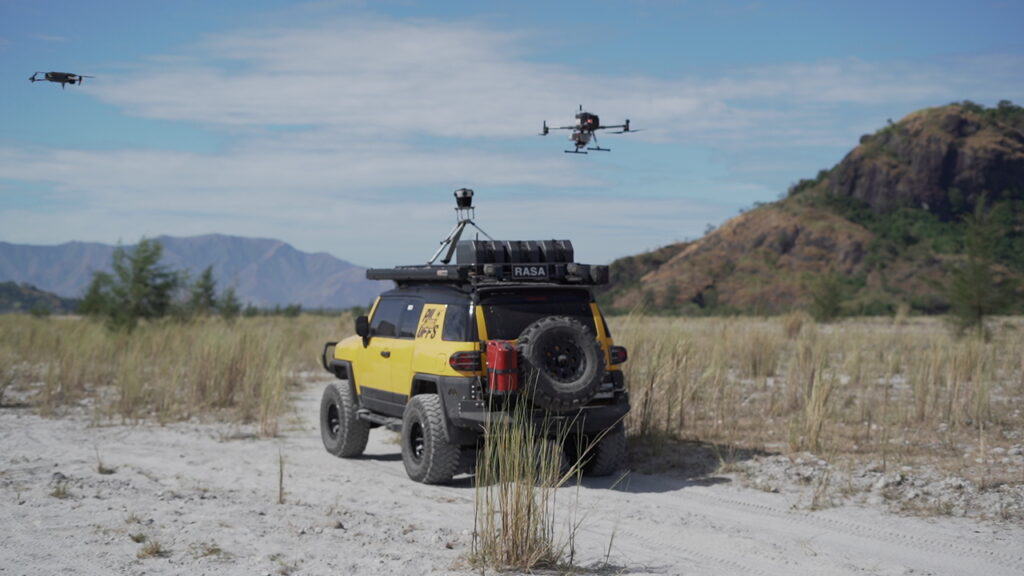
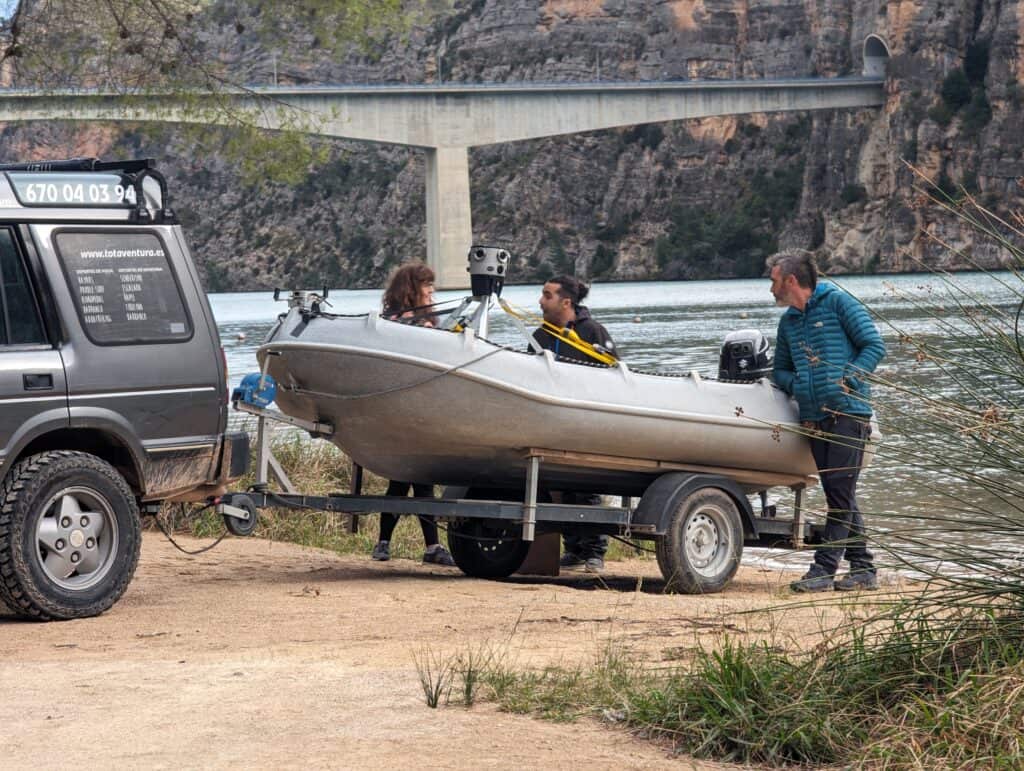
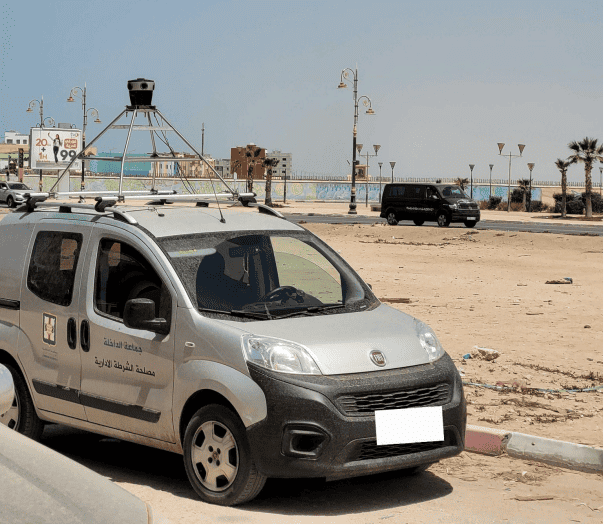
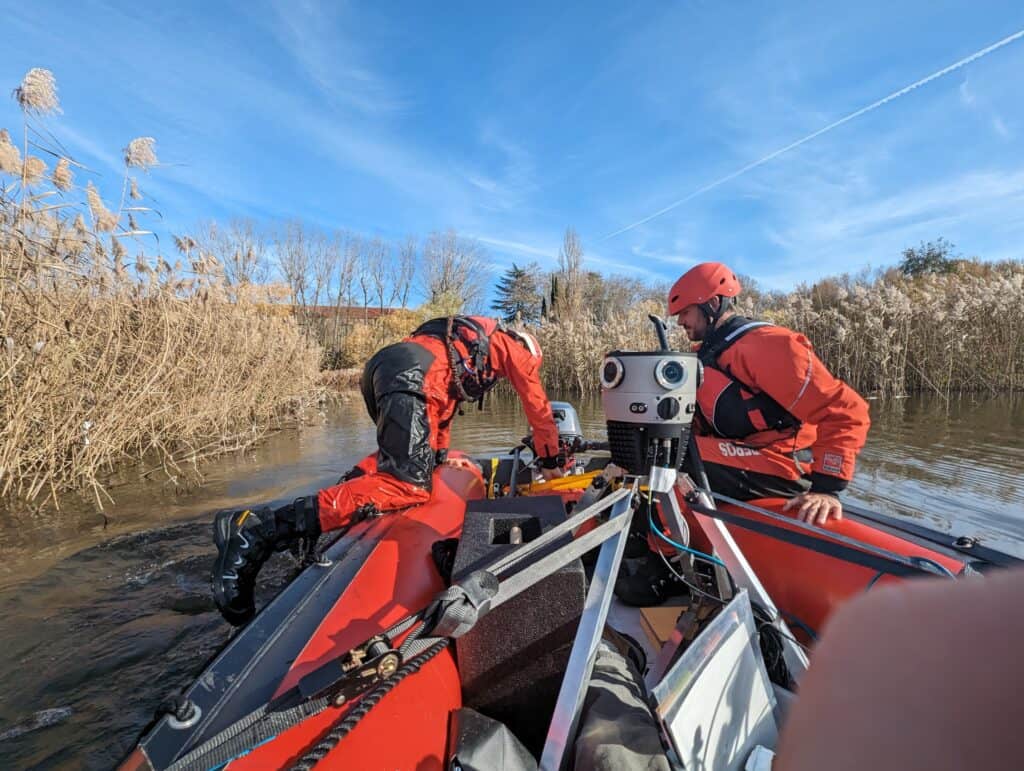
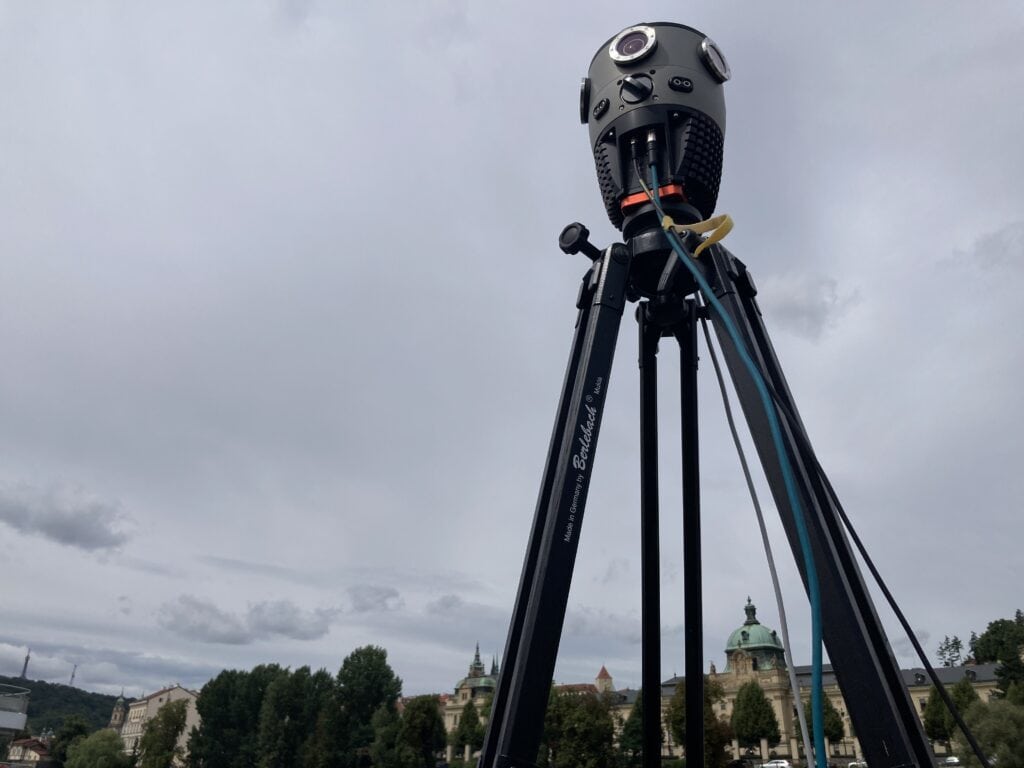
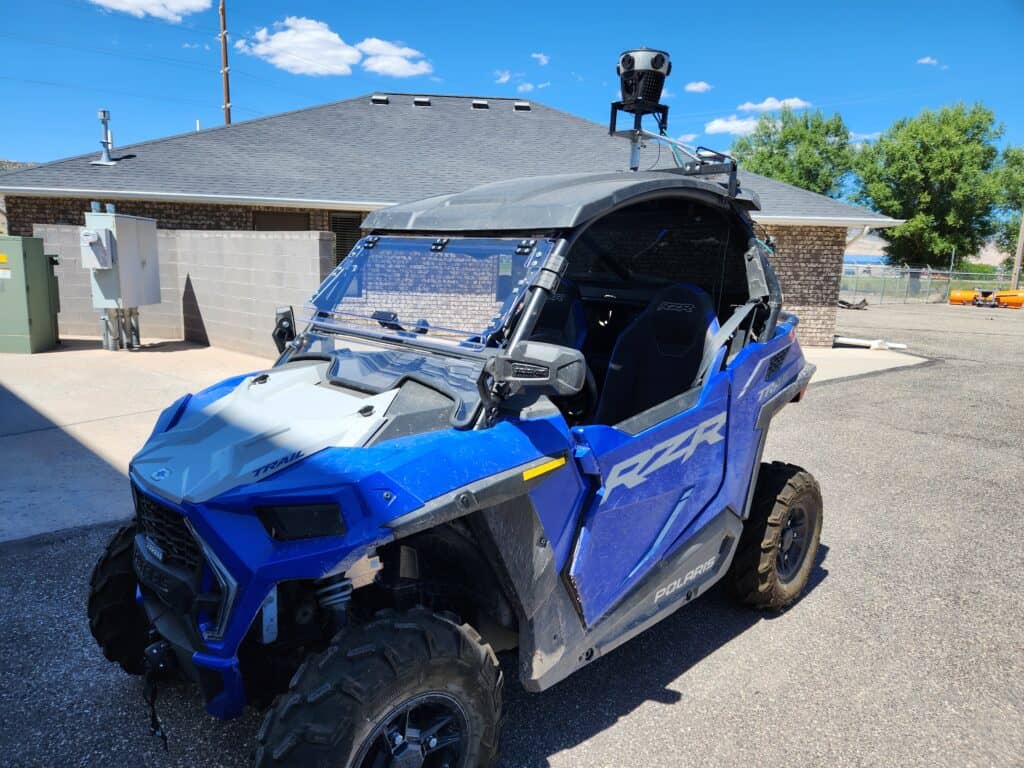
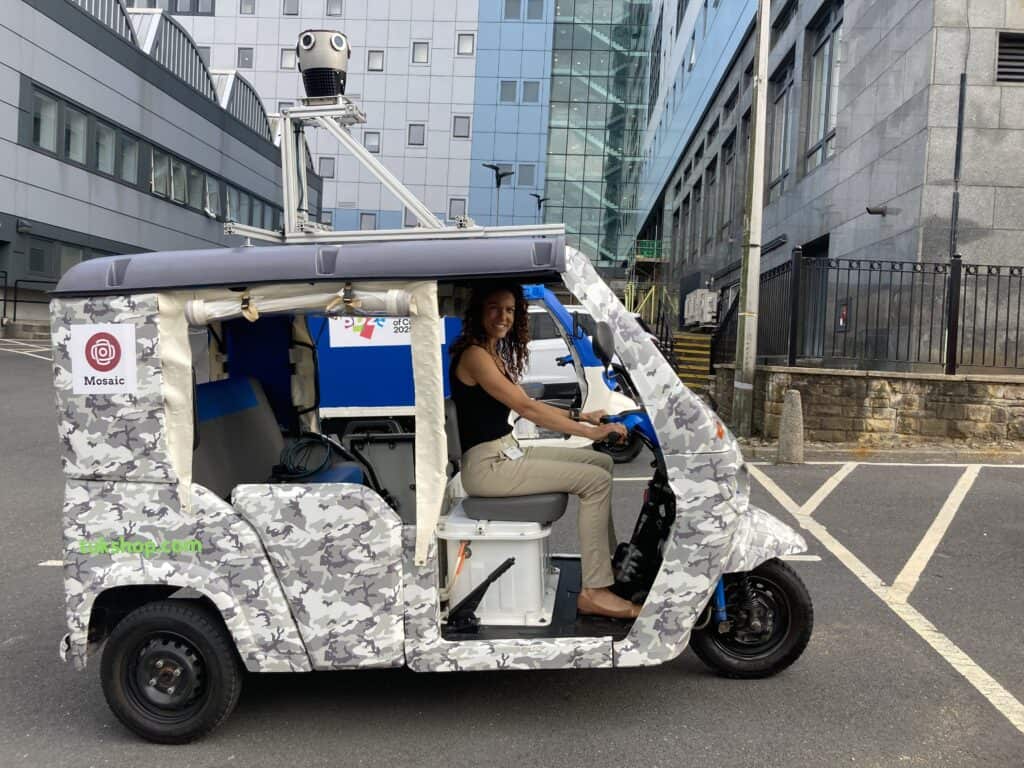
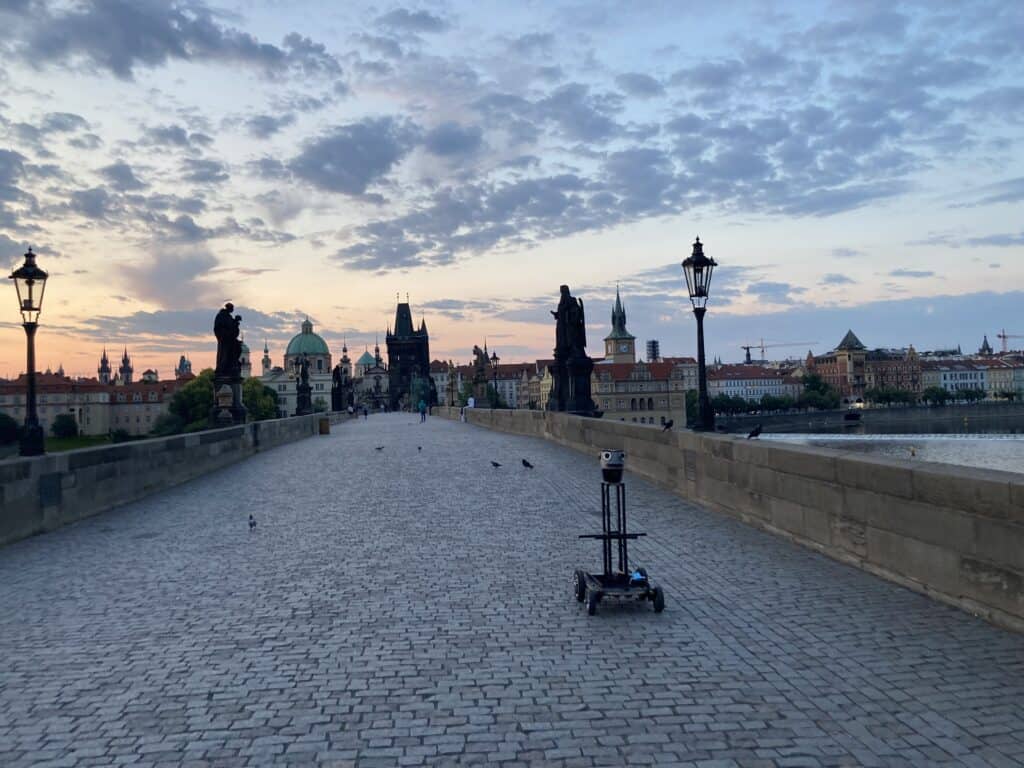
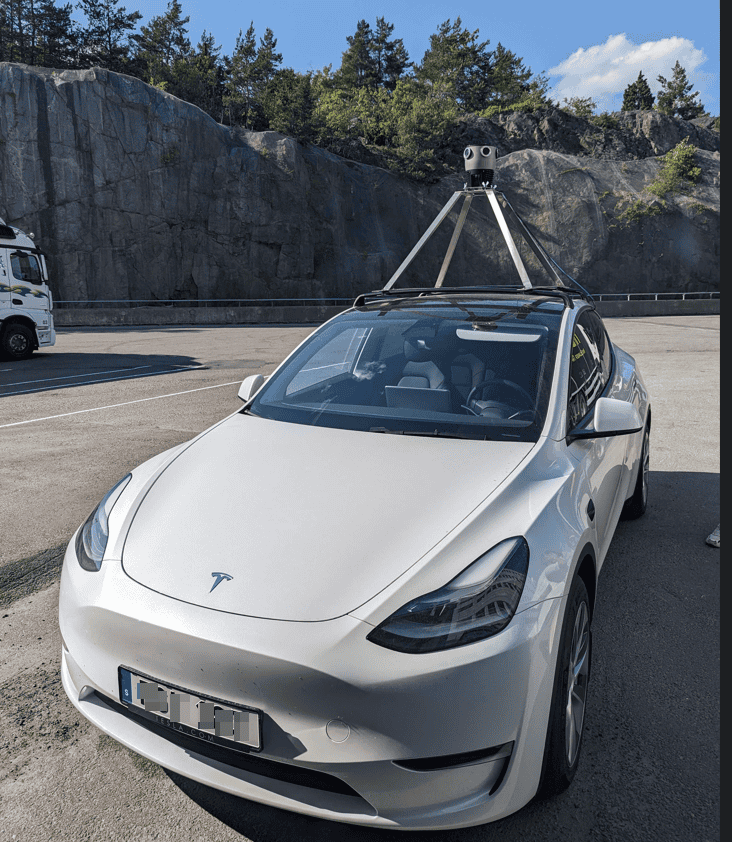
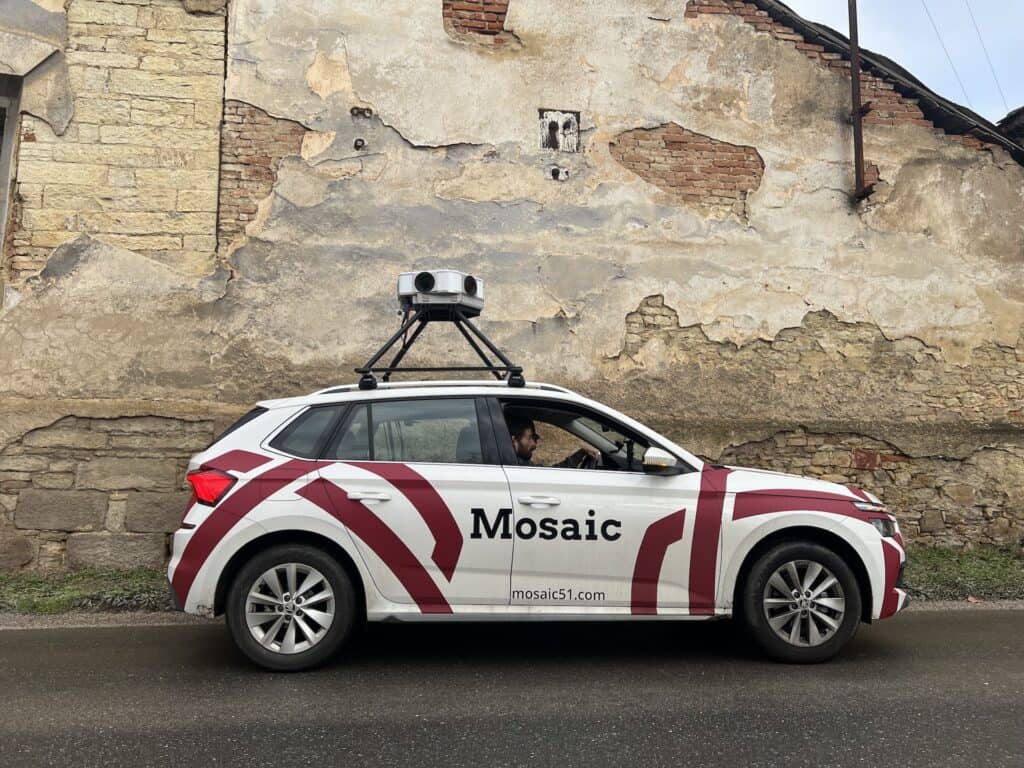
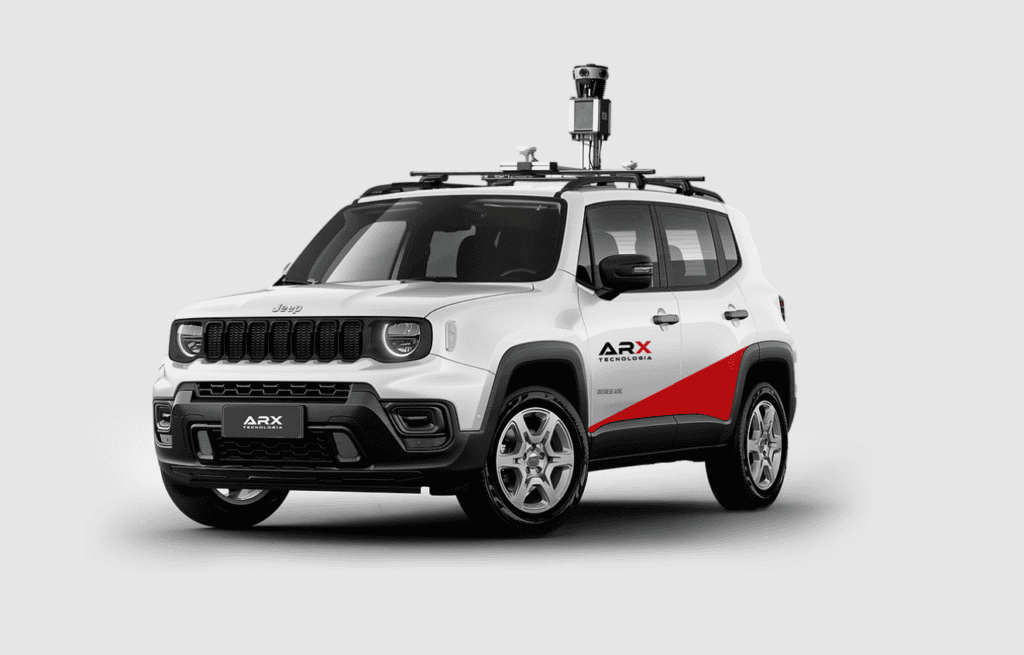
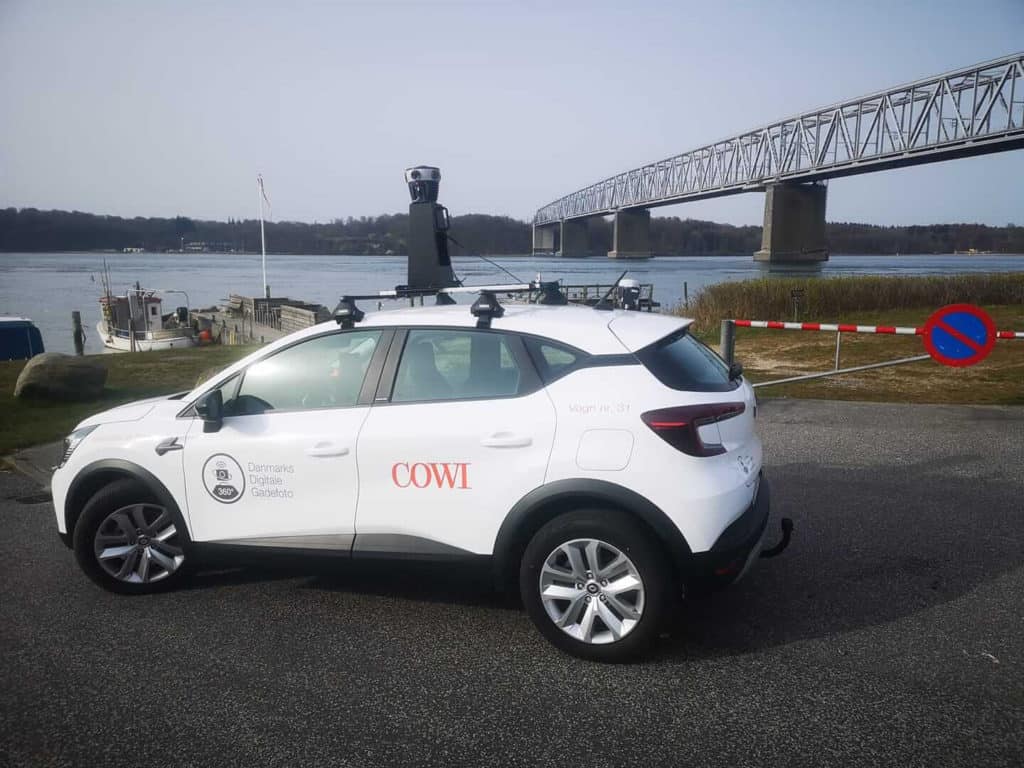
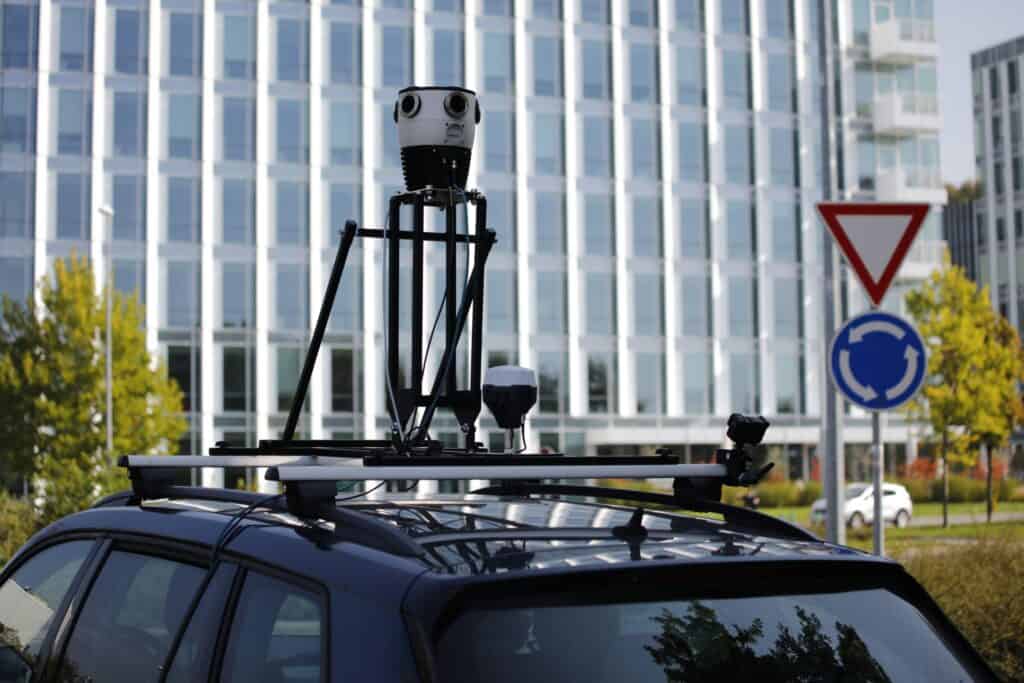
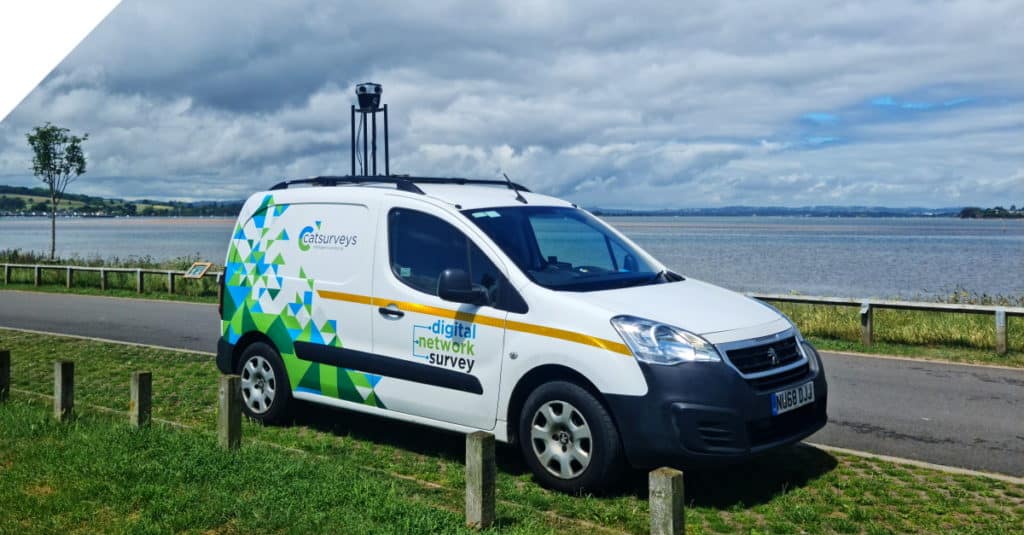
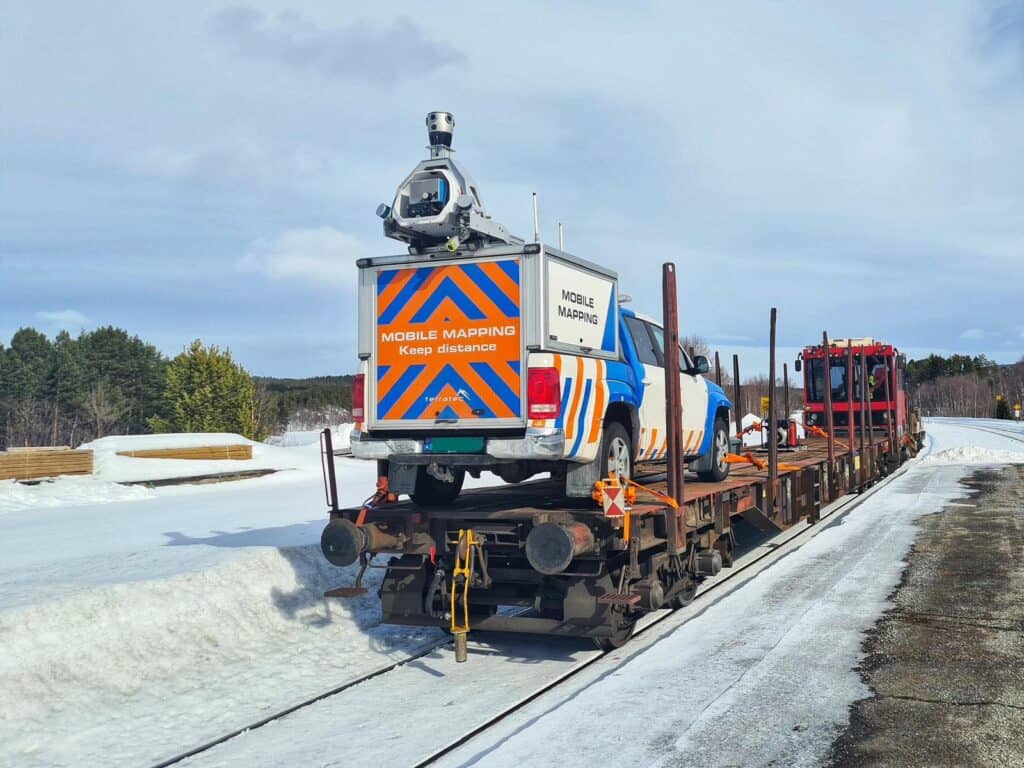
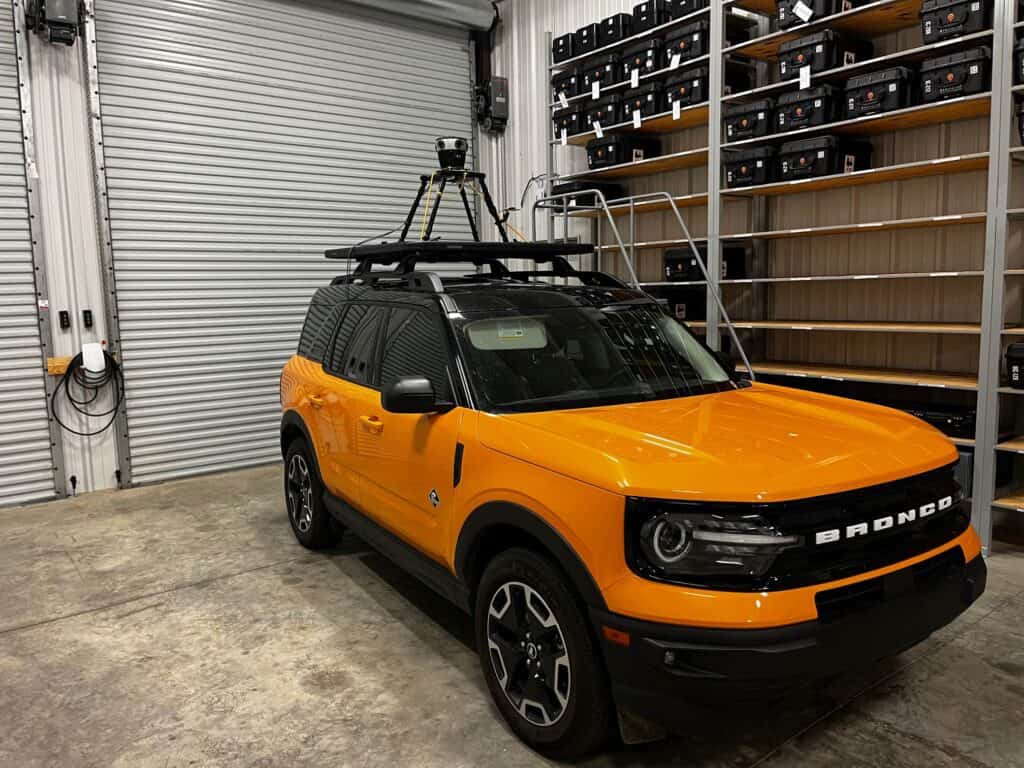
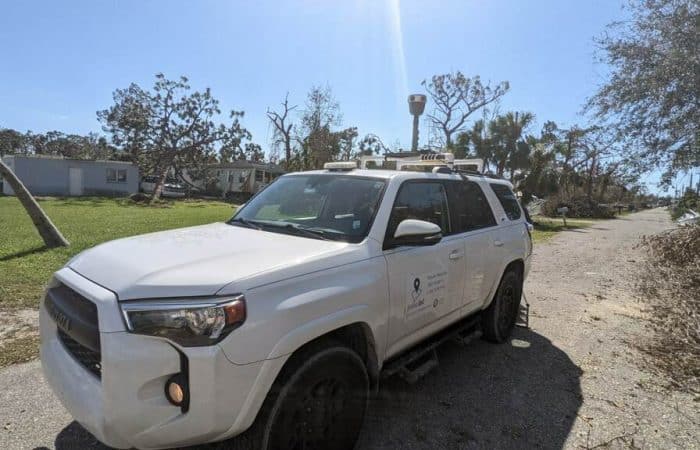
5. Reduced Need for Personnel
Problem: During disaster responses, efficiently using human resources is crucial. Typically, advanced surveying equipment requires specialized skills and multiple operators, which can strain already limited personnel resources.
Camera Solution: Mosaic cameras are designed for simplicity and ease of use, requiring only a single operator. The intuitive nature of the system allows for quick training, often in just an hour or two. This accessibility means that nearly anyone in the crew, regardless of their technical expertise, can learn to operate the camera effectively.
Benefits: This reduction in required personnel for operation lets disaster response teams more effectively allocate their human resources. It frees up individuals who would otherwise operate more complex systems, allowing teams to use these extra personnel for other critical tasks. This enhances the overall efficiency and effectiveness of the disaster response. Additionally, the accessibility of the system ensures that teams do not lose valuable time in lengthy training sessions, accelerating their operational readiness upon arrival at disaster sites.
6. Increased Efficiency in Resource Allocation
Problem: Quick and effective allocation of resources is essential in disaster management, but without timely data, decision-makers cannot accurately prioritize and distribute aid. Delays in data availability can lead to inefficient use of resources and slower response times.
Camera Solution: While Mosaic cameras specialize in capturing data, designers have equipped the overall system with capabilities for rapid data processing and sharing. With an efficient setup, response teams can collect and made valuable information available to decision-makers in less than 24 hours from collection. This process is streamlined enough to be managed by a single operator, from data capture to processing.
Benefits: The quick turnaround of processed data ensures that those in charge of allocating resources have the most current and accurate information about the conditions on the ground. This immediacy allows for more precise and effective distribution of resources, ensuring that aid reaches the areas in greatest need promptly. By minimizing the human resources required for data collection and processing, more personnel are available for other vital roles, thereby maximizing the overall efficiency of the disaster response efforts.
Check out the story below in which Mosaic 51 user Site Tour 360 captured, processed and shared data within 24 hours post Hurricane Ian’s disasterous windfall in 2022.
“..people were very surprised at how quickly we were capturing, processing and publishing…basically it would be live the next morning. And when I met with people from FEMA, they’d ask, ‘How are you doing this so quickly?’ They’re not used to it.”
Dylan Faraone
Conclusion
Mosaic camera systems are transforming the landscape of disaster response. By providing high-quality, easily accessible imagery, these cameras empower local communities, aid organizations, and government entities to act swiftly and effectively in the face of adversity. The benefits of using Mosaic technology extend beyond immediate disaster response. They are helping communities secure the necessary documentation for federal aid and planning future rebuilding efforts. In the face of increasingly frequent and severe natural events, the Mosaic camera system are a vital tool in our global resilience toolkit. Ensure that recovery can begin sooner and more efficiently than ever before.
Looking to enhance and streamline your emergency management response efforts and increase the likelihood of FEMA reimbursements? Contact Mosaic today and we will find a solution that works best for you and your community.

